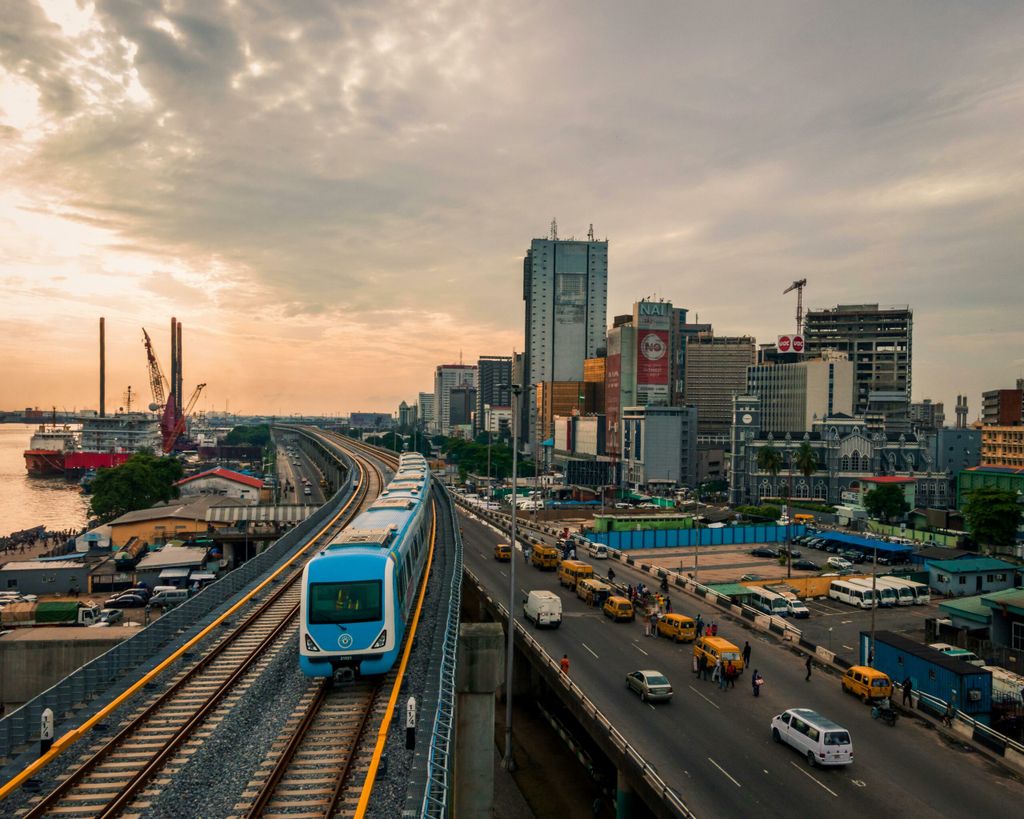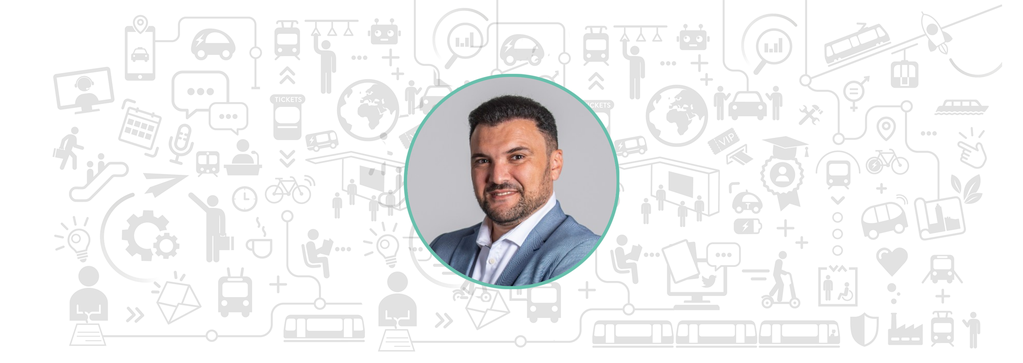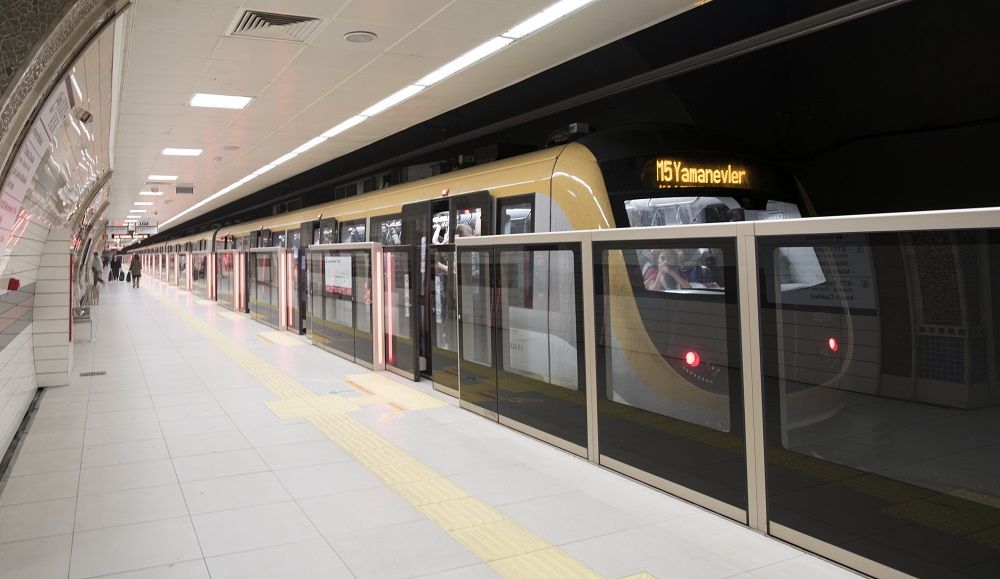

Blog: How will Artificial Intelligence play a role in Public Transportation?
Conventional human intelligence has been used to develop mobility solutions since the proverbial ‘invention of the wheel’. Feedback mechanisms such as energy expended and durability has led to design optimisations in mobility design for millennia past. To effectively manage safety and traffic congestion, rules of conduct have been issued by decree, and followed so as to encourage safety, throughput and avoid traffic infraction penalties. Human intelligence for optimisation of design and operations have progressed public transportation to a point where improvements are now becoming fractional as compared to before, and the next step change will come from innovation beyond conventional thought. Maybe Artificial Intelligence will bring it about?
The history of Artificial Intelligence (AI) has had cycles of success, misplaced optimism and resulting cutbacks in enthusiasm and funding. There have also been cycles of introducing new creative approaches and systematically refining the best ones. AI has advanced more rapidly in the past decade because of greater use of scientific methods in experimenting with and comparing approaches. Where we are today, there is justified enthusiasm for solving engineering problems and we are on the path to solving social problems.
Autonomous vehicles
First we will start with where AI is already at work:
In 2005, a driverless robotic car named STANLEY raced through the Mojave desert, a rough and unknown terrain at 22mph, finishing the 132 mile course using cameras, radar, and laser rangefinders to sense the environment and command through its onboard software a navigation and execution plan. Thirteen years later, several vehicle manufacturers and startups are experienced in running trials on public roads that are collecting valuable data and producing the rules around which private vehicles and public transportation will interact and improve mobility.
Speech recognition
Automated speech recognition systems are in place to improve customer service and to understand the sentiment of the service being delivered. Speech recognition on ticket vending machines is being used to issue tickets for visually impaired passengers and in the future could even be used to authorise payments. Determining passenger moods on public transit through analysing speech patterns could yield opportunities for advertisers and even the PTO to improve the passenger perception through actuating the lighting, ventilation or sound on-board.
Autonomous Planning & Scheduling
Systems that detect, diagnose and recover from problems are perhaps classified best as a complex algorithm with principles of control theory. Where the exercise becomes more interesting is when predictive maintenance and servicing are prescribed through validation of data-points in real-time. With any planning or scheduling activity there are several stakeholders to address, and AI due to its inherent characteristics to think, decide and act based on the defined economic incentives.
Recent progress in understanding the theoretical basis for intelligence has gone hand-in-hand with improvements in the capabilities of real systems. The subfields of AI have become more integrated and AI has found common ground with other disciplines.
Significant AI investments are occurring today to improve private transport, and this is a rational focus due to the increased margins in the Business to Consumer (B2C) environment. Public transport inherently benefits as a result of the private transport investment, and this is a net benefit to mobility. In defining a problem for Artificial Intelligence to solve, the Agent (AI) must detect its environment and control its actuators to achieve the highest economic output based on the conditions defined. Therein lies the key challenge for why public transport operators should be ready to work on Artificial Intelligence problems to define the problem space; with the correct economic incentives. Public transport operators and transit authorities exist under the mandate to democratise transportation, increase population mobility and reduce environmental impact. Although each public transport operator or transit authority’s specific mandate and methodology may defer, there is a need to define the economic incentives for AI to solve problems hand-in-hand with the brilliant individuals that utilise their vast knowledge, experience and intellect.
The next big steps in public transportation will come from a blend of technical, sociological and economic levers that need to be adjusted. The ideal problem for AI to solve is one in which humans do not seek validation of their assumed hypothesis, but rather are suggested by the AI as to WHICH problem need to be solved, and proposing experiments and data-sets to be collected and examined. Engineers have used Computer-Aided Design (CAD) tools for decades, and the next generation of computers will be powered by AI to not only design solutions to known problems, but to find unknown problems to which both engineering and non-engineering solutions will guide us to the answer.
exclusive resources












